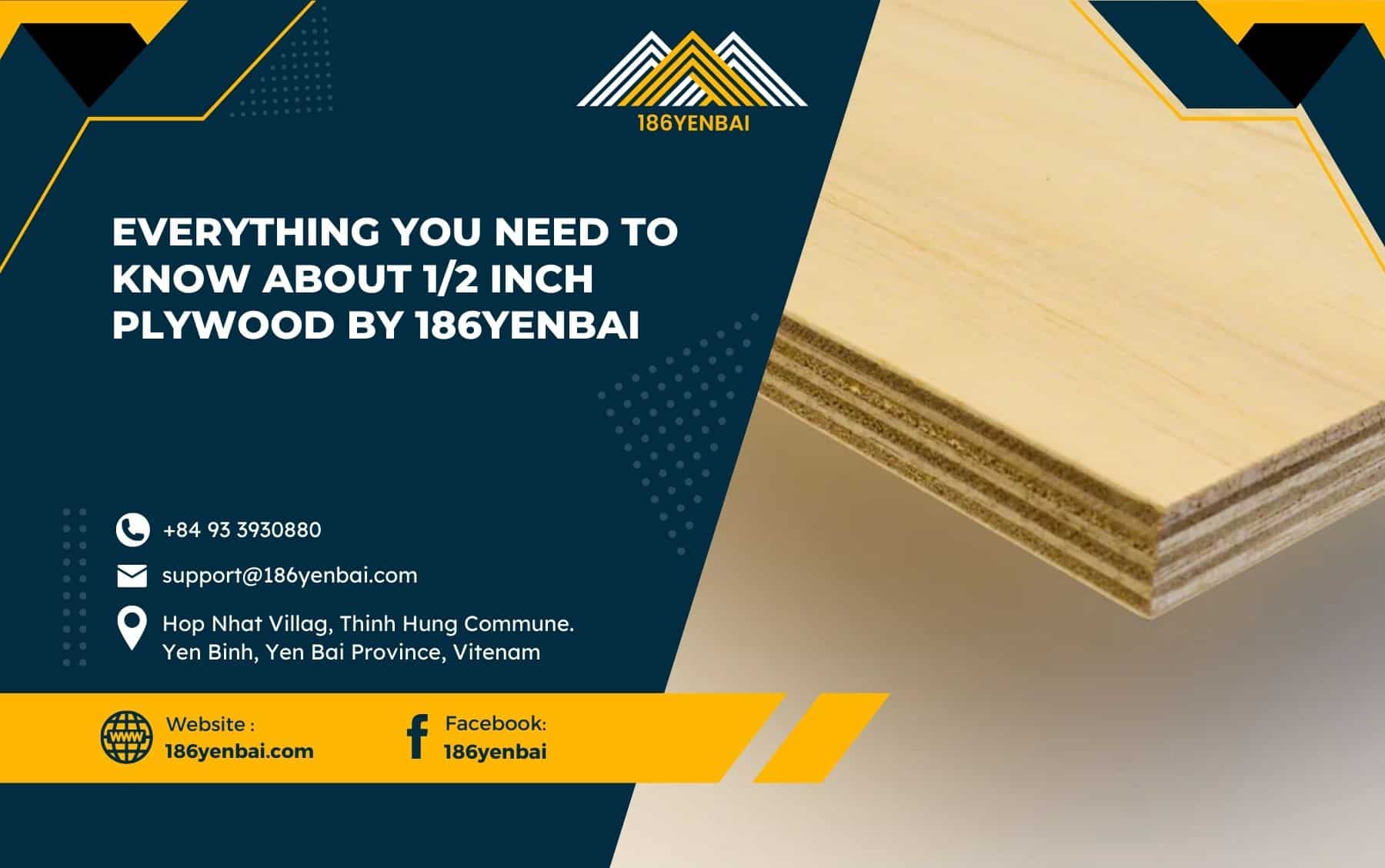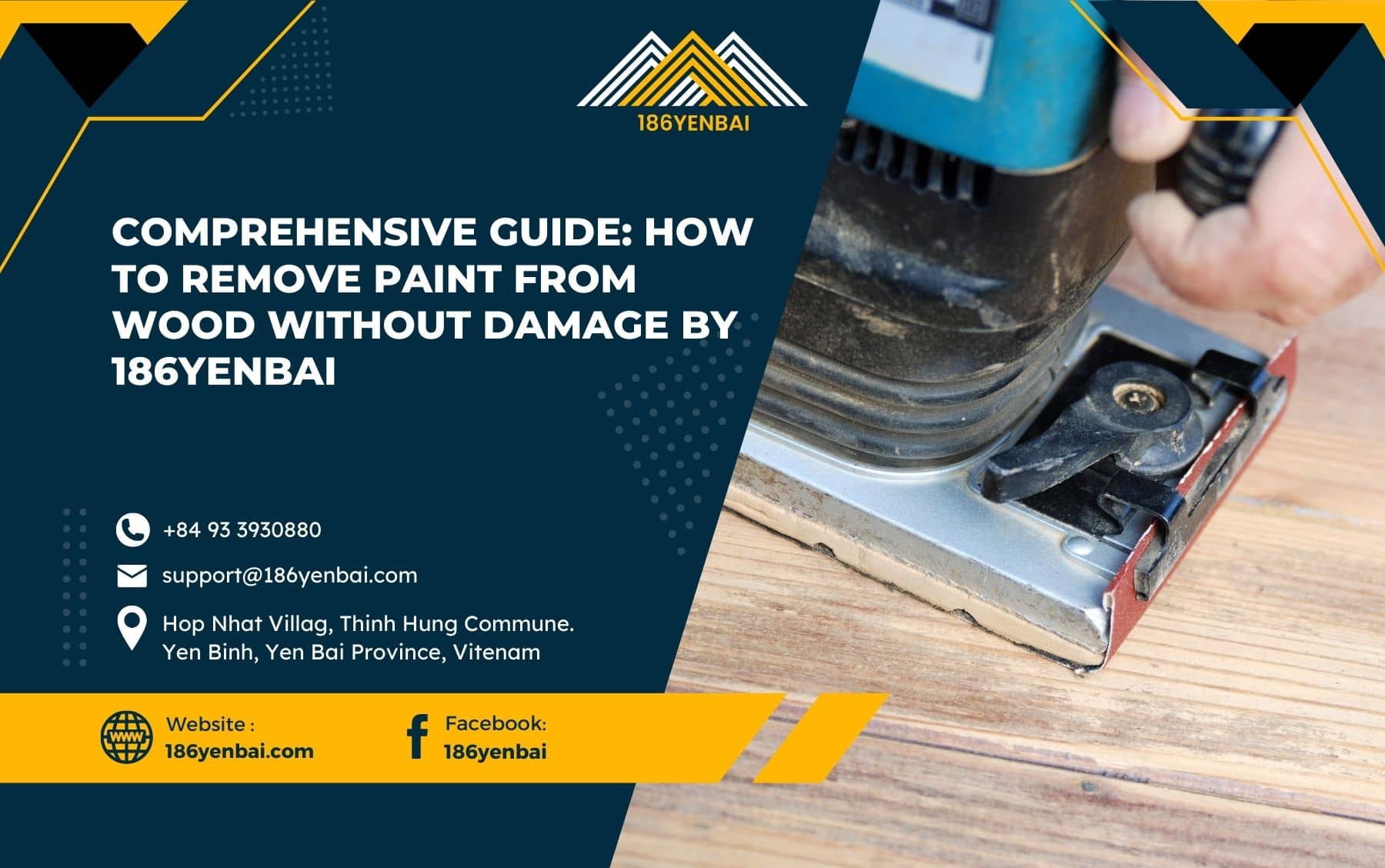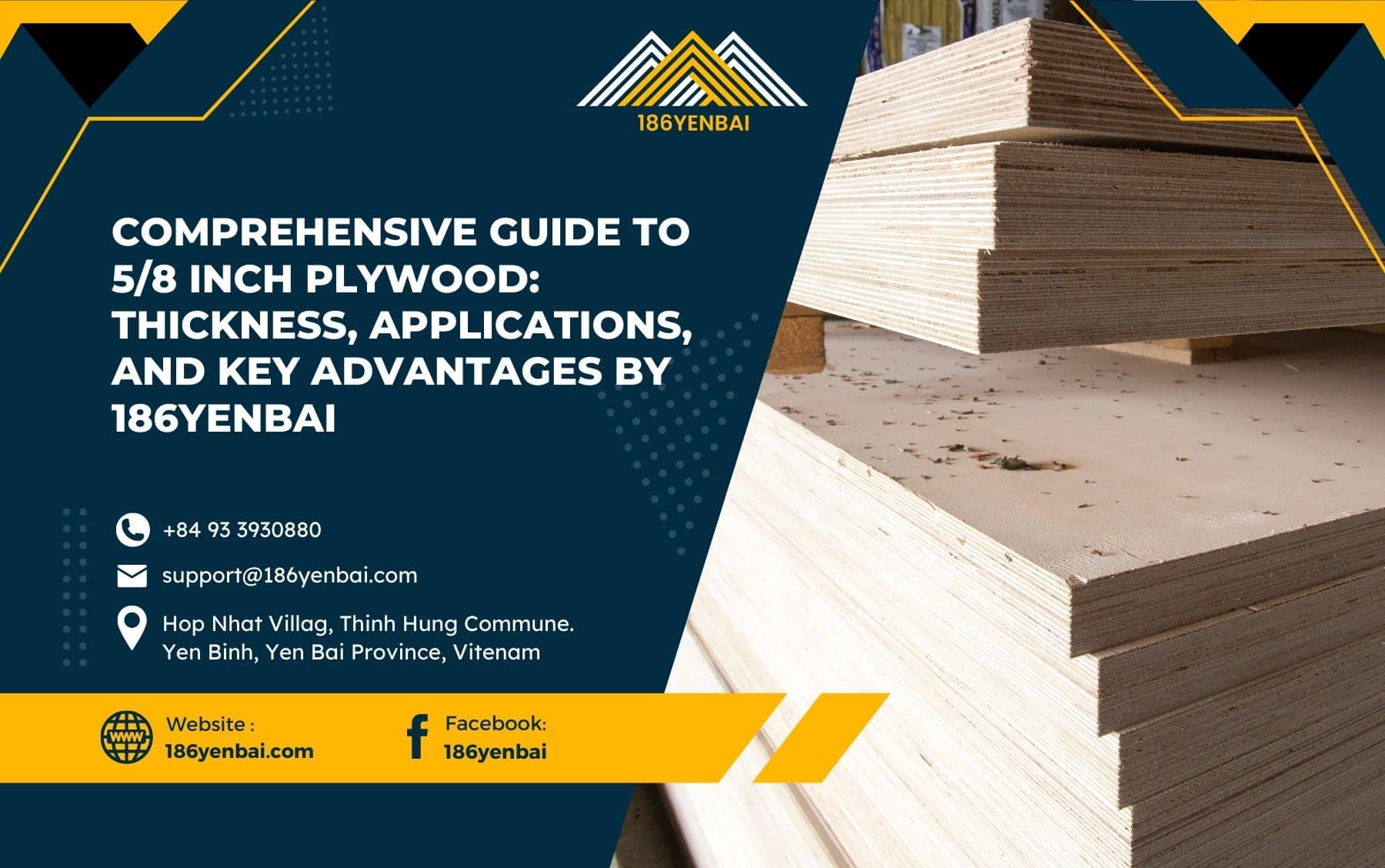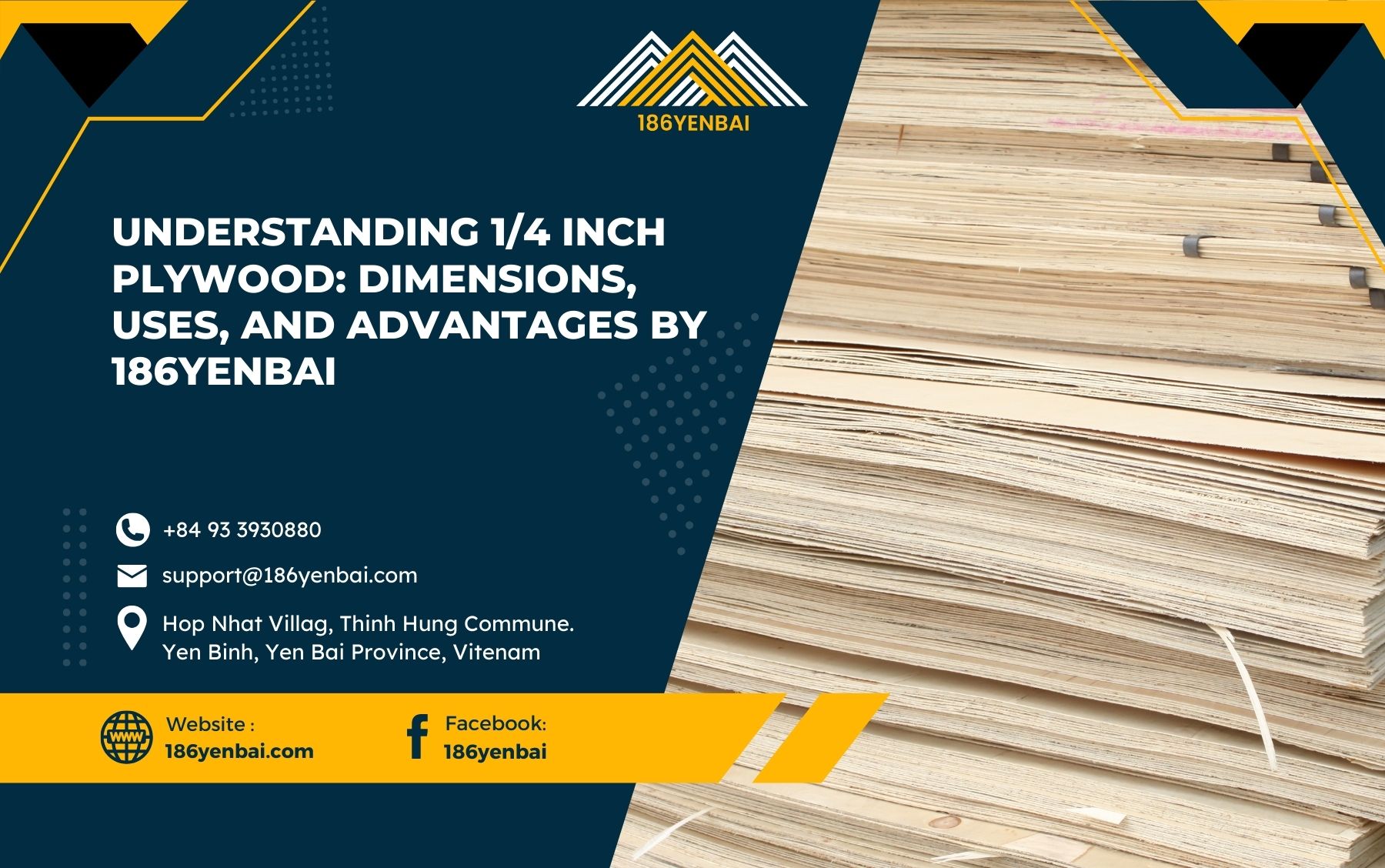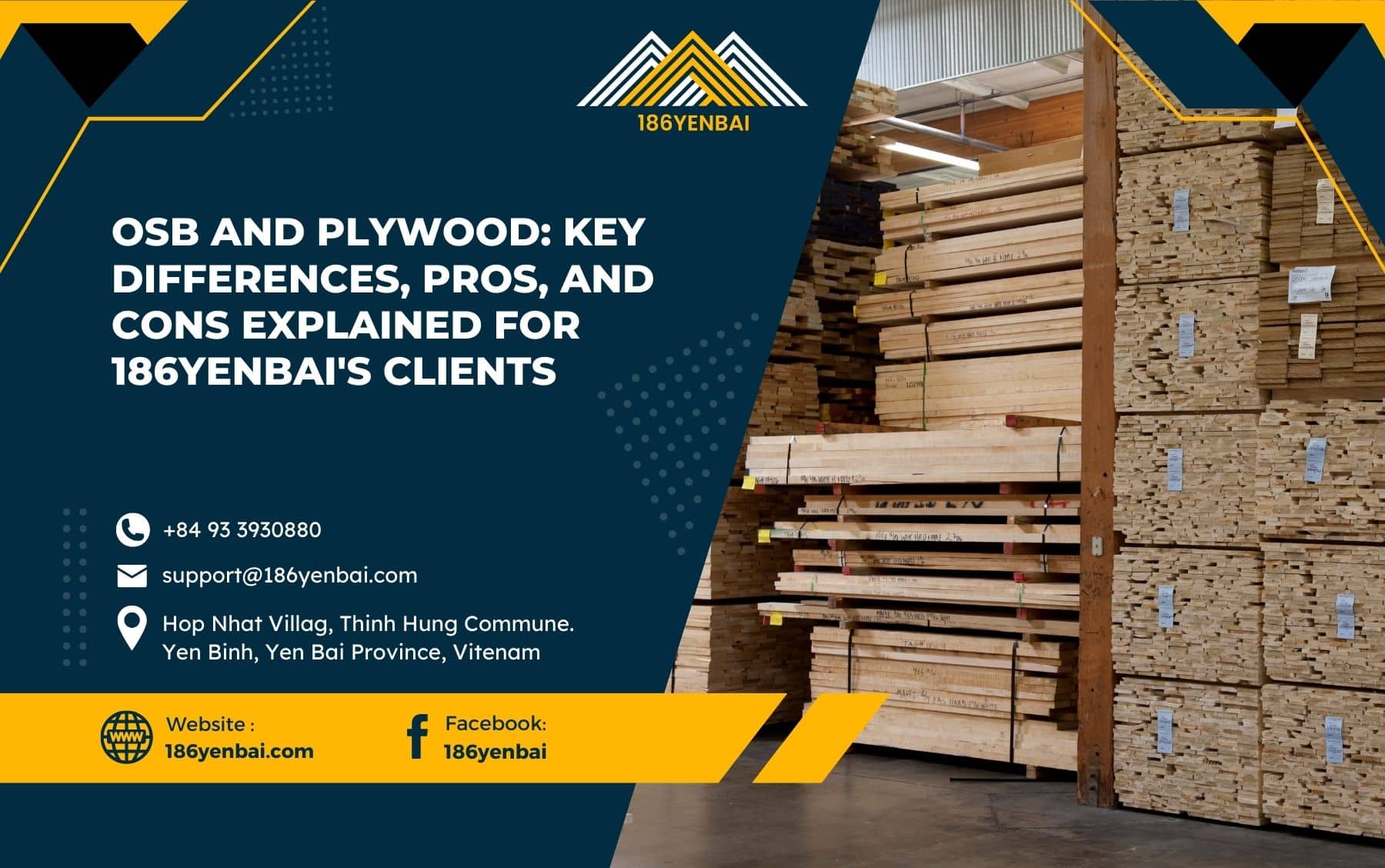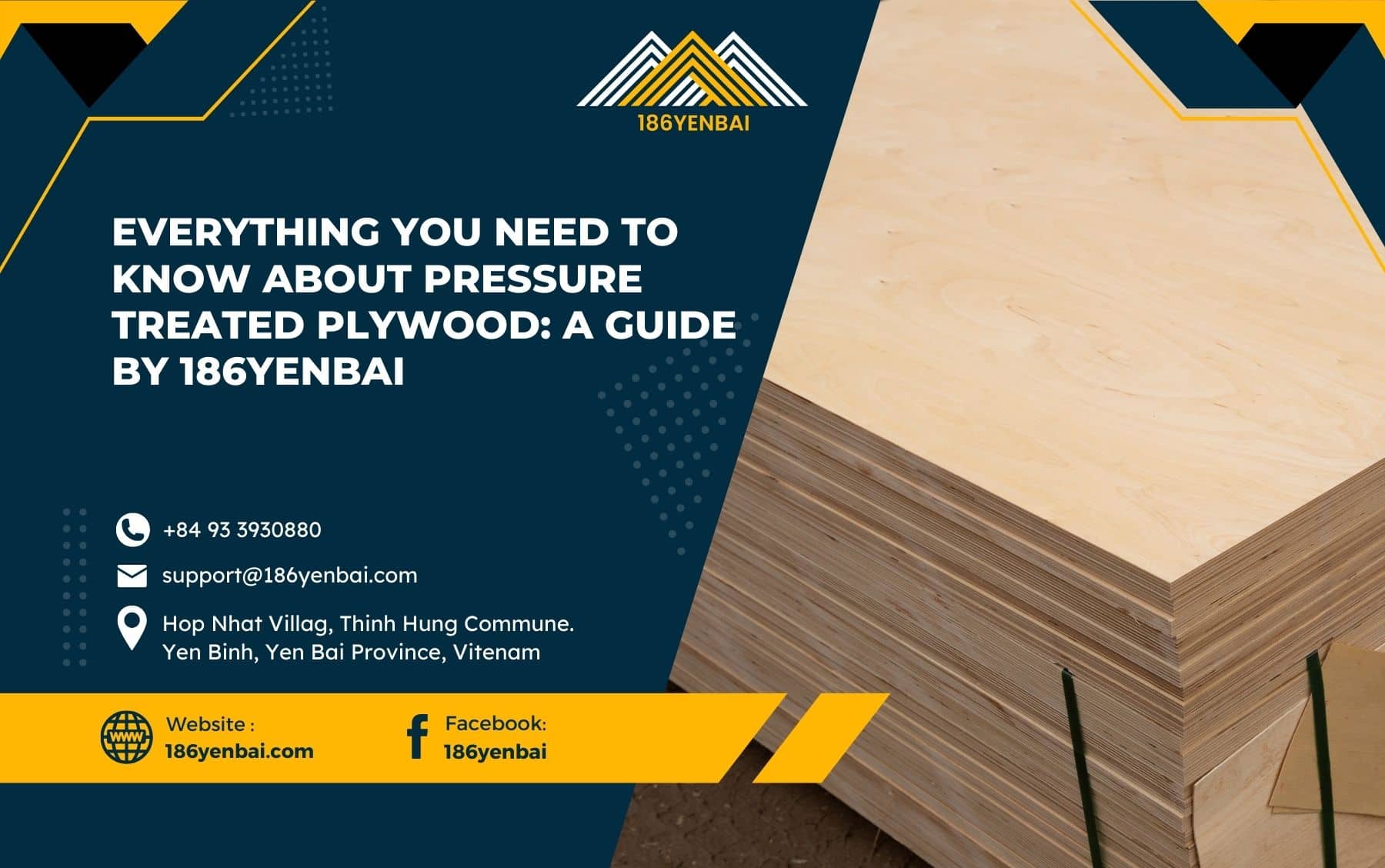Plywood is a popular choice in construction and home improvement projects due to its strength, durability, and versatility. One of the most commonly used thicknesses is 1/2 inch plywood. Whether you’re working on subflooring, furniture, or other applications, understanding the characteristics, uses, and variations of 1/2 inch plywood can help you make the right choice. In this comprehensive guide, we’ll dive into the details of 1/2 inch plywood, its structure, weight capacity, and how it fits into various construction and DIY projects.
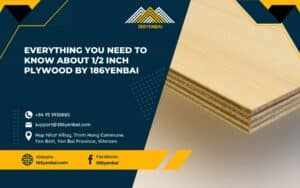
Table of Contents
ToggleWhat is 1/2 Inch Plywood?
1/2 inch plywood, commonly referred to as “half-inch plywood,” is a type of engineered wood panel with a nominal thickness of 1/2 inch. Plywood sheets are constructed from multiple layers (or “plies”) of wood veneer glued together, with each layer’s grain oriented perpendicular to the adjacent one. This cross-laminated structure provides exceptional strength and stability.
Although labeled as 1/2 inch, the actual thickness is typically around 15/32 inch due to sanding and finishing processes during manufacturing. In metric measurements, 1/2 inch plywood is approximately 12.5 mm thick.
Explore More: OSB and Plywood: Key Differences, Pros, and Cons Explained for 186Yenbai’s Clients
How Many Plies Does 1/2 Inch Plywood Have?
The number of plies in a sheet of plywood directly influences its strength and stability. 1/2 inch plywood generally contains 5 to 7 plies, depending on the grade and type of plywood. More plies contribute to greater durability and resistance to warping, making it suitable for a range of applications.
Is 15/32 the Same as 1/2 Inch Plywood?
Yes, 15/32 inch plywood is typically sold as “1/2 inch plywood” because it’s the closest measurement to the nominal thickness of 1/2 inch. This slight difference is standard in plywood manufacturing, where nominal thicknesses are slightly larger than the actual measurements.
Additional Resource: Everything You Need to Know About Pressure Treated Plywood: A Guide by 186Yenbai
Common Uses for 1/2 Inch Plywood
1/2 inch plywood is versatile, suitable for a wide variety of projects. Here are some common applications:
- Subflooring: Used as an underlayment in areas with light loads, such as bedrooms or living rooms.
- Furniture Backing: Ideal for cabinet backs, drawer bottoms, and bookcases where structural strength is required.
- Wall Paneling: Frequently used for decorative wall finishes or wainscoting.
- Roof Sheathing: Can be used as roof decking in certain light-load applications.
- DIY Projects: Great for craft projects, shelving, and other small structures where moderate durability is needed.
How Much Weight Can 1/2 Inch Plywood Support?
Despite its moderate thickness, 1/2 inch plywood is engineered to handle considerable weight. Generally, a 4×8 sheet of 1/2 inch plywood can hold around 35 pounds per square foot under uniform load distribution. This capacity makes it suitable for light to medium-duty applications.
Tip: Always consult a structural engineer for applications requiring precise weight-bearing calculations, especially in load-bearing projects.
How Many Sheets of 1/2 Inch Plywood Come in a Bundle?
When purchasing 1/2 inch plywood, it’s helpful to know the typical bundle size:
- Standard Bundle: A standard lift or bundle of 1/2 inch plywood usually contains 60 sheets. This is typical for North American plywood, where sheets are often sized at 4×8 feet.
- Weight: Each sheet of 1/2 inch plywood weighs around 40 pounds, making the entire bundle approximately 2,400 pounds.
However, the number of sheets per bundle may vary by supplier, so it’s always a good idea to confirm with your vendor if you need an exact count.
Contact Us: 186Yenbai for inquiries about purchasing plywood bundles for your project.
Can You Use 1/2 Inch Plywood for Flooring?
1/2 inch plywood can be used as subflooring in areas with light foot traffic, although thicker plywood (such as 5/8 inch or 3/4 inch) is often recommended for areas that need greater stability and load-bearing capacity. In some cases, 1/2 inch plywood is used as an underlayment layer over a thicker subfloor.
For flooring projects, ensure that the plywood is secured properly and that all seams are tight to prevent shifting or sagging.
Types of 1/2 Inch Plywood
1/2 inch plywood comes in various types, each suited for specific applications:
- Softwood Plywood: Typically used in construction for subflooring and roofing. Made from softwoods like pine or fir.
- Hardwood Plywood: Ideal for furniture and cabinetry. Made from hardwoods like oak, maple, or birch.
- Marine-Grade Plywood: Water-resistant and suitable for humid or wet environments, such as bathrooms or kitchens.
- Pressure-Treated Plywood: Chemically treated to resist rot and insect damage, making it ideal for outdoor or ground-contact use.
Selecting the appropriate type of plywood depends on the environmental conditions and intended use of your project.

Key Considerations When Choosing 1/2 Inch Plywood
When selecting 1/2 inch plywood, consider the following factors to ensure it meets your project requirements:
- Grading: Plywood is graded based on quality, with “A” being the highest quality with minimal defects, and “D” having more visible knots and imperfections. Choose a grade that matches your aesthetic and structural needs.
- Moisture Resistance: For areas exposed to moisture, consider marine-grade or pressure-treated plywood.
- Weight Capacity: For structural uses, ensure that 1/2 inch plywood provides adequate support.
- Budget: Higher-quality plywood typically costs more, but it offers greater durability and finish quality.
FAQs About 1/2 Inch Plywood
1. What is the Actual Thickness of 1/2 Inch Plywood?
- The actual thickness of 1/2 inch plywood is 15/32 inch. This difference is due to sanding and finishing processes that reduce its thickness slightly.
2. How Much Does a Sheet of 1/2 Inch Plywood Weigh?
- A standard 4×8 sheet of 1/2 inch plywood weighs around 40 pounds. However, the weight can vary slightly depending on the wood species and moisture content.
3. Is 1/2 Inch Plywood Suitable for Wall Sheathing?
- Yes, 1/2 inch plywood is commonly used for wall sheathing in residential construction. It provides structural stability and acts as a barrier against the elements.
4. Can You Paint or Stain 1/2 Inch Plywood?
- Yes, 1/2 inch plywood can be easily painted or stained to enhance its appearance. Be sure to sand the surface before applying any finish for optimal results.
Explore Further: The Ultimate Guide to Waterproofing Plywood: Top Methods and Tips from 186Yenbai
Conclusion: Why Choose 1/2 Inch Plywood for Your Project?
1/2 inch plywood is a versatile, durable, and cost-effective option suitable for a range of applications, from subflooring to cabinetry. Its balance between thickness and weight makes it easy to work with, while its strength ensures long-lasting performance in most settings. 186Yenbai offers a variety of plywood products tailored to your specific needs, ensuring you can find the right material for your project.
If you have more questions or need assistance in selecting the appropriate plywood thickness and type, don’t hesitate to contact 186Yenbai for expert advice. Make the right choice with 186Yenbai, and bring durability, functionality, and beauty to your next construction or DIY project.
For more information or inquiries about our high-quality plywood products, contact us at 186yenbai today to discuss how we can support your next construction or renovation project. Plywood Supplier
Phone: +84 93 3930880
Email: [email protected]
Facebook: https://www.facebook.com
Address: Hop Nhat Village, Thinh Hung Commune, Yen Binh, Yen Bai Province, Vietnam
Check out our other articles below:
Why High-Quality Plywood is the Ultimate Choice for Global Markets
High-Quality Plywood vs. Low-Quality Plywood: What’s the Difference?
5 Reasons Why High-Quality Plywood is the Best Choice for Home Renovations

